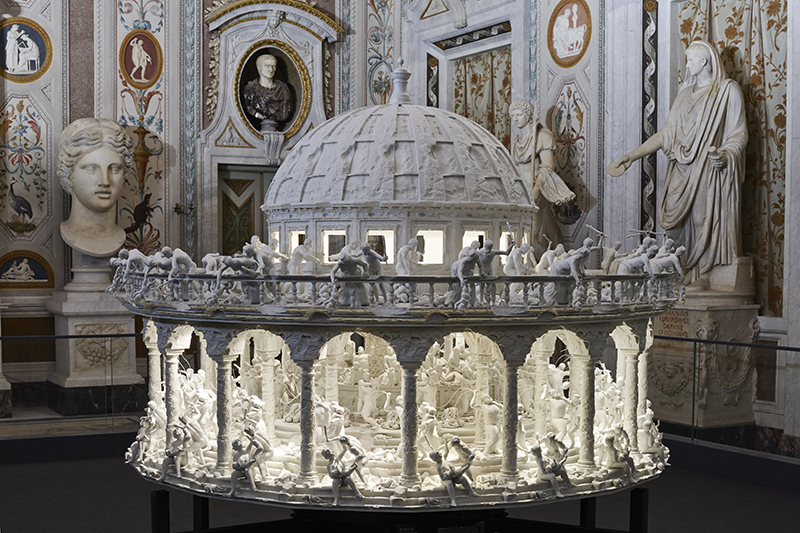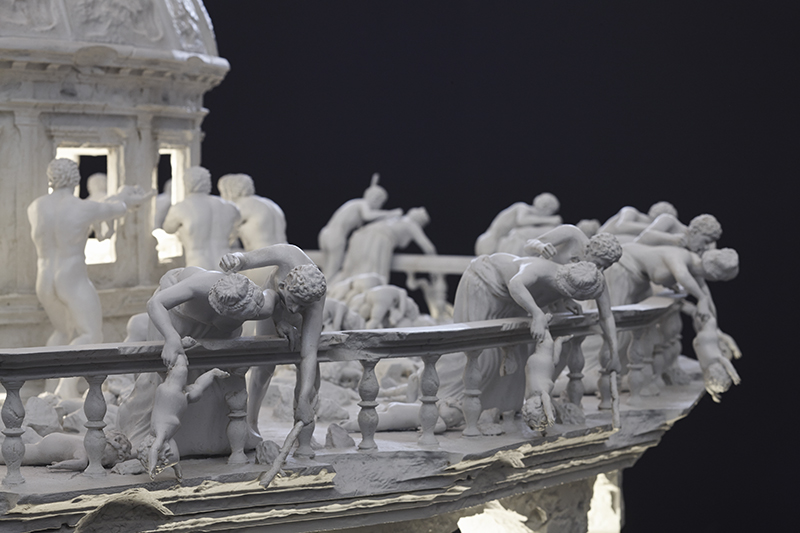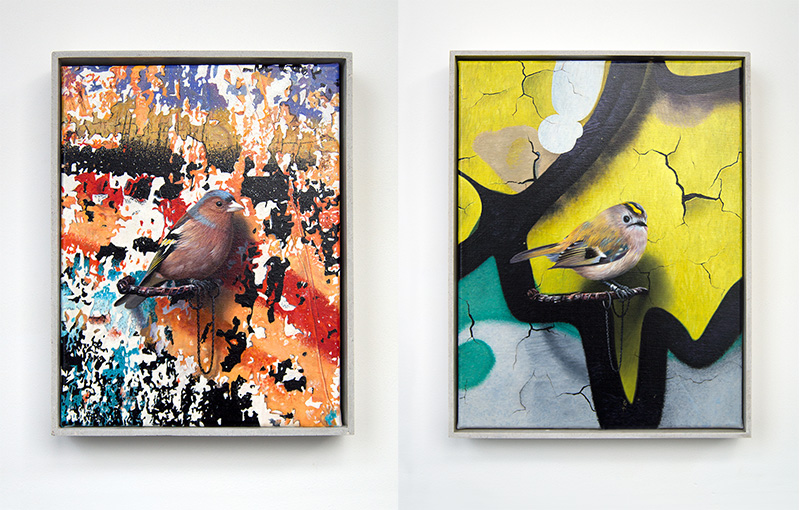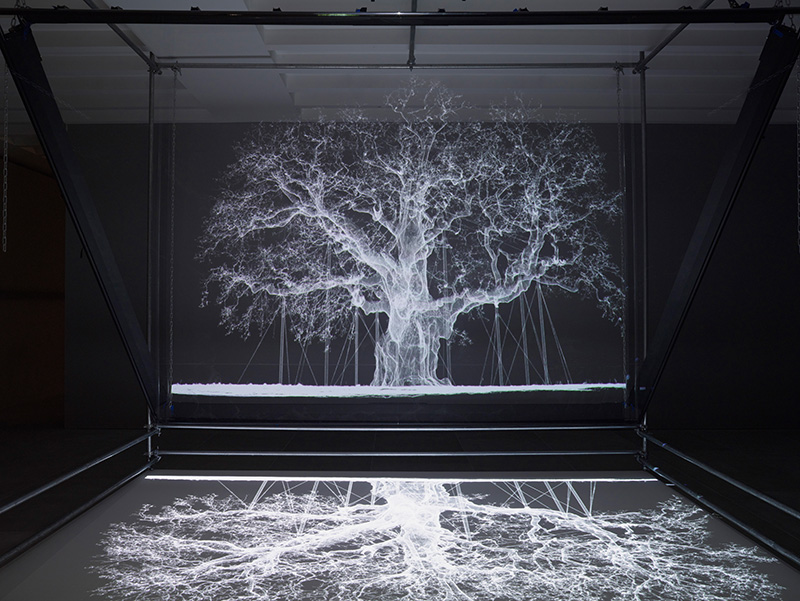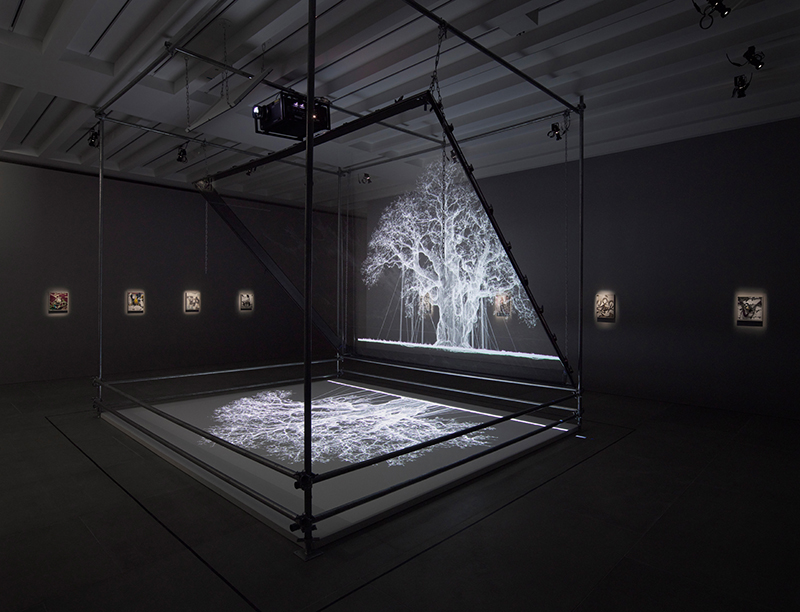ART CITIES:Moscow-Mat Collishaw
 An important member of the Young British Artists, Mat Collishaw creates works that confronts issues of moral ambiguity with formally stunning and alluring imagery. Coupling references to art history, literature and the Victorian era with modern imaging technology, the artist renders powerful images and objects that often re-contextualize the impact of traditionally disturbing and sinister subject matter. At once poetic and morbid, his sculptures, installations and photo-based works expose elements of beauty within the darkest fantasies, blurring the lines between seduction and repulsion, observation and exploitation, reality and artifice.
An important member of the Young British Artists, Mat Collishaw creates works that confronts issues of moral ambiguity with formally stunning and alluring imagery. Coupling references to art history, literature and the Victorian era with modern imaging technology, the artist renders powerful images and objects that often re-contextualize the impact of traditionally disturbing and sinister subject matter. At once poetic and morbid, his sculptures, installations and photo-based works expose elements of beauty within the darkest fantasies, blurring the lines between seduction and repulsion, observation and exploitation, reality and artifice.
By Dimitris Lempesis
Photo: Gary Tatintsian Gallery Archive
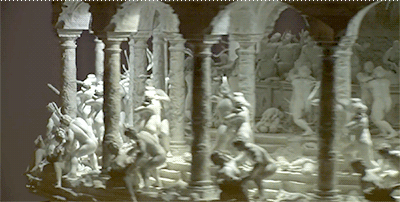
Drawing on various forms of illusion, Mat Collishaw’s solo exhibition “Albion” at Gary Tatintsian Gallery in Moscow, explores ideas of superficial truth and the erosive effect of our primal urges for visual supremacy. His work draws attention to the delicate balance between poetic romanticism and shocking, dark illusionism. The forbidden has always been a focus of Collishaw, “I am fueled by things in my past which were suppressed or held at a distance, which have generated some form of hunger to make my work.” Most of his works contain references to historical themes and classical techniques of portraying nature, characteristic of the culture of a given era. Borrowed images are digitally processed and appear in a new interpretation of the relationship between representation and reality. 19th Century Britain viewed itself as a leader in scientific progress and empirical soberness. Referring to this period in his works, Collishaw imitates its ornamental, romantic style, but at the same time sheds light on society’s darker side, where base instincts are inherent in man regardless of the time period or of aesthetic or scientific advancement. His interest in this era is also associated with the study of the early Victorian technique used to create optical illusions. With the help of spectral projections, innovative photography techniques, and zoetropes invented in the early days of the Victorian era, Collishaw recreates effects that underlay pre-cinematic animation. “All Things Fall” (2014), brings life to the biblical story of the extermination of babies in Bethlehem and is a reference to the painting “The Massacre of the Innocents” by Ippolito Scarsella. The zoetrope includes 300 separate figures and it is programmed to rotate at 60 revolutions per minute with LED lamps synchronized to flash 18 times per second. The figures themselves remain motionless. Rapid changes of frames along with flashes of light create the illusion of movement. The “Albion” (2017) is a projection of the famous oak tree in Sherwood Forest, Nottingham, said to have sheltered Robin Hood. The trunk of the thousand-year-old tree began to die a few centuries ago and since Victorian times it has been supported by complex steel structures. With a laser scan and the “Pepper’s Ghost” technique, the projection of the oak appears as a living creature permanently captured by man to recreate the illusion of life. “Black Mirror: St.Sebastian” and “Black Mirror: Andromeda” (both 2017), paintings by Niccolò Renieri and Vlaho Bukovac appear as ghosts in mirrors framed by black Murano glass. Animated figures come to life in a new form in front of the viewer, reproducing subjects of famous works and blurring the boundaries between the real world and the realm of classical painting. “Gasconades” (2017), a series of hyper-realistic paintings, continues this theme with images of garden birds, referring to the popular XVII century paintings of birds and animals by Carel Fabritius and other works of Dutch masters.
Info: Gary Tatintsian Gallery, Serebryanicheskaya Naberezhnaya 19, Art House, Moscow, duration: 2/2-28/4/18, Days & Hours: Tue-Fri 12:00-20:00, Sat 12:00-18:00, http://tatintsian.com
